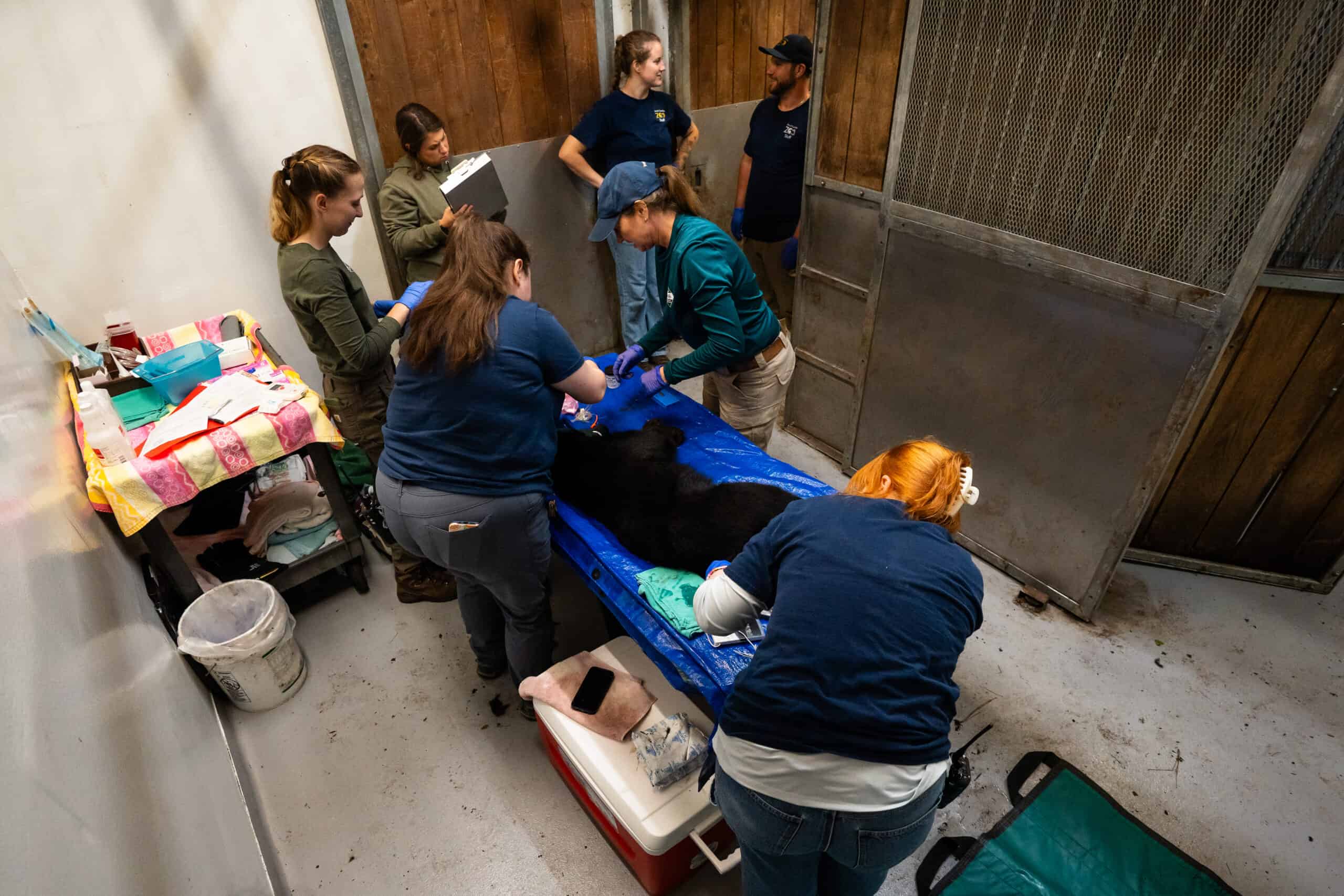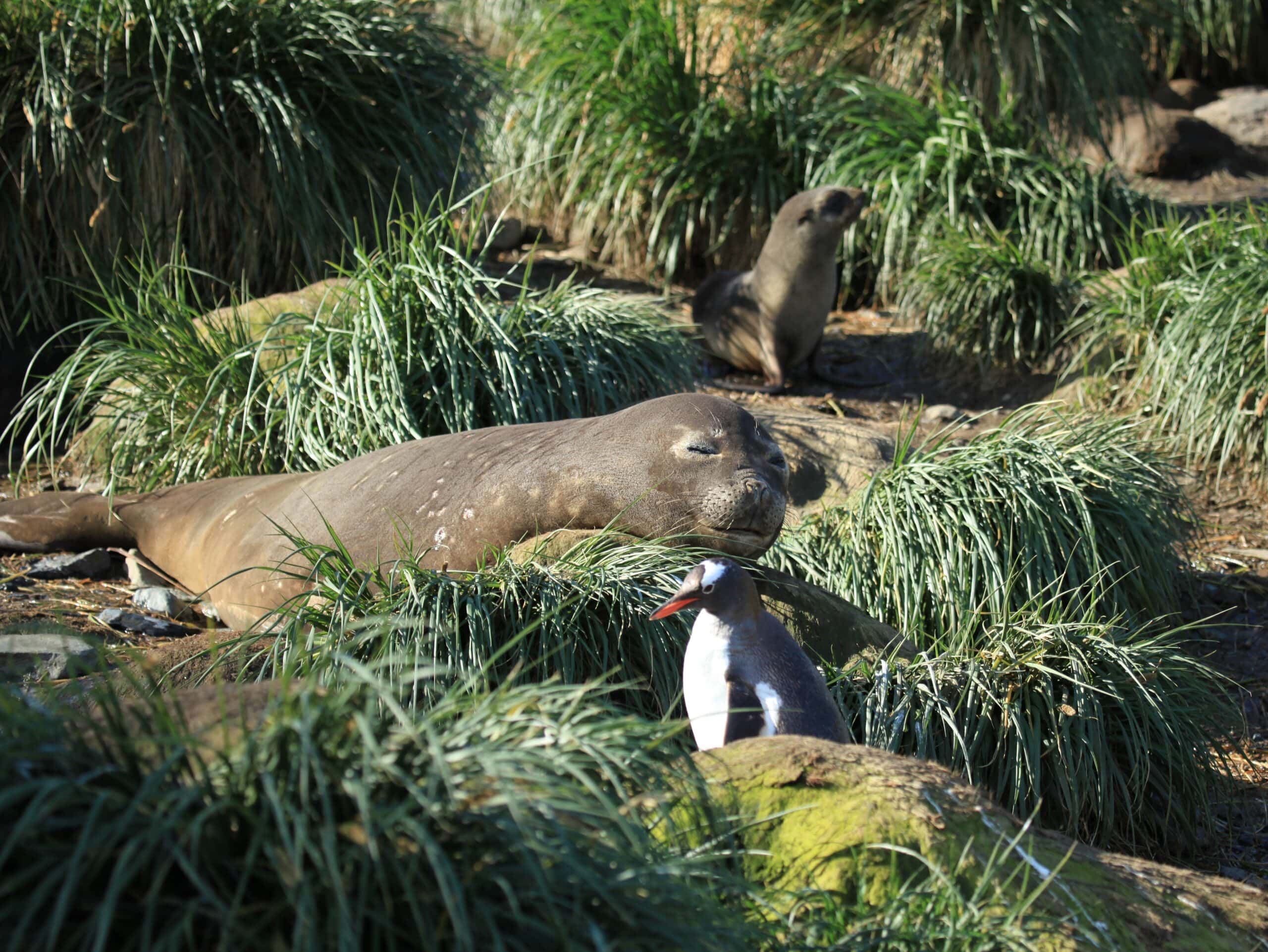Share this article
Department of Agriculture Revamps Sage Grouse Initiative
The U.S. Department of Agriculture (USDA) announced plans last week to fund greater sage-grouse (Centrocercus urophasianus) conservation programs with $211 million dollars through 2018.
Known as “Sage Grouse Initiative 2.0”, this Farm Bill-funded plan will allow the USDA’s Natural Resources Conservation Service (NRCS) to expand efforts to conserve the species, whose main threats include invasive plants and wildfires. Key components of this plan include improving the efforts of the original Sage Grouse Initiative through actions such as increasing the seeding of native grasses by 40%, increasing prescribed grazing efforts by 50%, building an additional 216 miles of breaks to prevent wildfires, and expanding the removal of invasive species such as cheat grasses, pinyon pines, and juniper trees.
This announcement comes at the conclusion of five years of work through the original Sage Grouse Initiative. In that time, $296 million of Farm Bill investments have brought in more than $198 million in outside grants and conserved 4.4 million acres of sage-grouse habitat.
This updated initiative will continue to rely on public-private partnerships as a primary way of reaching conservation goals.
Through the public-private partnership of conservation easements – voluntary agreements in which landowners pledge to not disturb and potentially conduct conservation actions to their land – 450,000 private acres have been conserved in the past five years. The USDA estimates the $100 million investment made into conservation easements through Sage Grouse Initiative 2.0 will conserve an additional 400,000 acres of private lands.
This work has been and continues to be done in concert with other federal and state agencies. The Bureau of Land Management (BLM) and the U.S. Forest Service are currently working together on plans to protect sage-grouse habitat occupied by energy extraction infrastructure such as oil and gas wells, wind farms, and mines. Details of their plans are scheduled to be announced later this summer. The Department of Defense (DOD) also recently announced a $2 million investment into a sage-grouse conservation program being spearheaded by the Nevada Department of Wildlife in conjunction with other entities such as The Nature Conservancy and the BLM.
These conservation efforts are focused on protecting the bird and its habitat so the U.S. Fish & Wildlife Service (FWS) will determine the species does not need to be listed as endangered. The listing of the sage-grouse would impact land management and use decisions across much of the west.
While the DOD has stated they are committed to sage-grouse conservation regardless of the FWS’ decision, many House lawmakers believe the impacts to military installations would be too severe to allow for a listing to go forward. In May, the House passed a defense authorization bill that barred the FWS from listing the species as endangered for the next ten years. A similar provision to bar the listing of the species for one year was inserted into a House appropriations bill in December 2014, motivated by the negative impacts a listing may have on oil and gas operations that overlap with sage-grouse habitat.
A study from the Western Association of Fish and Wildlife Agencies shows the species’ population has recently increased. An average lek, or breeding ground, now hosts 25 individuals compared to fewer than 17 individuals in 2013. The amount of male individuals has also risen from a range-wide population of fewer than 50,000 to more than 80,000 in the same time frame. Although this is not representative of an overall trend, it is a promising sign that Sage Grouse Initiative programs have had a positive effect.
The FWS must make a decision on whether or not to list the greater sage-grouse by September 30.
Header Image: A male greater sage-grouse (Centrocercus urophasianus)
Image Credit: USFWS Pacific Region, licensed by cc 2.0








